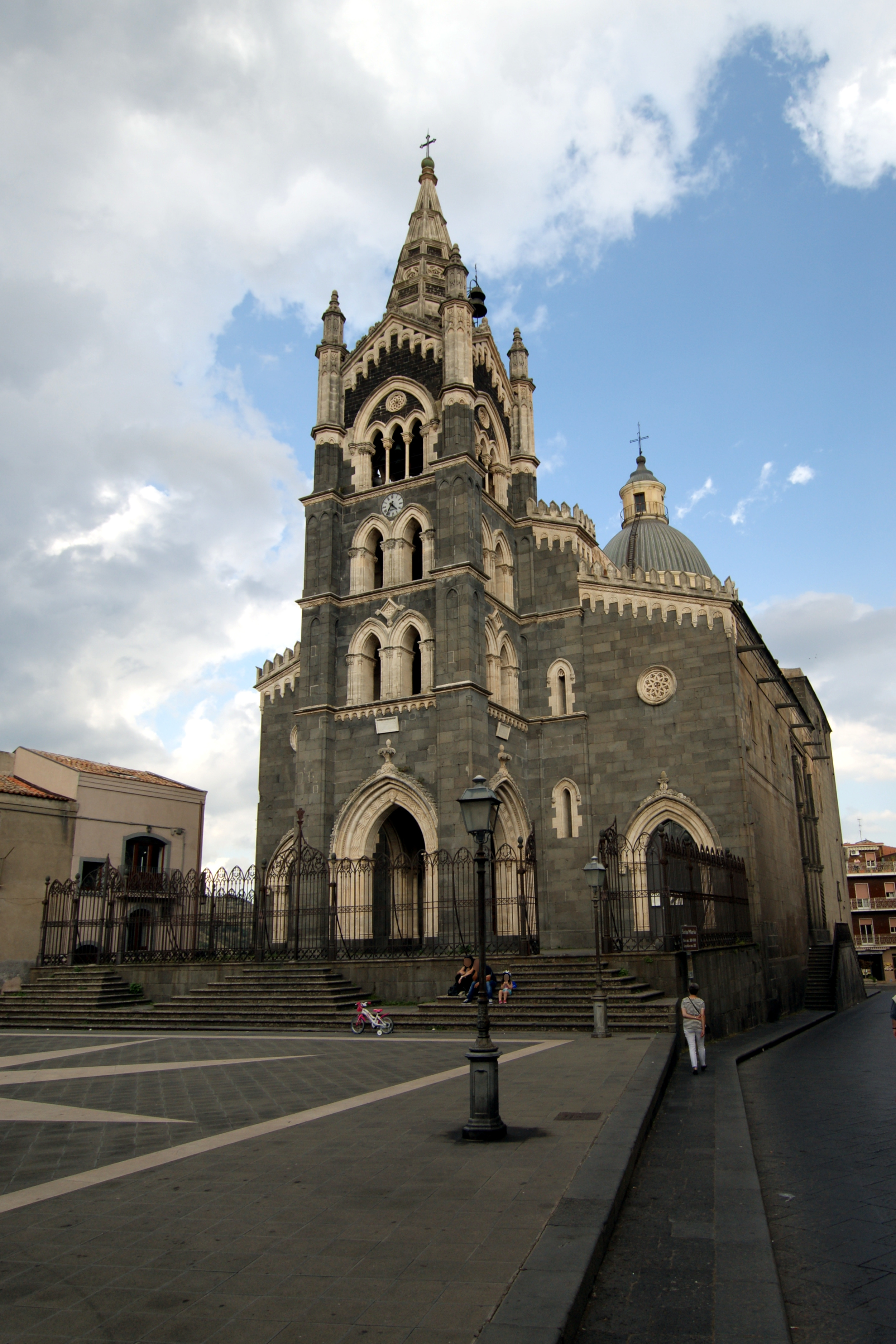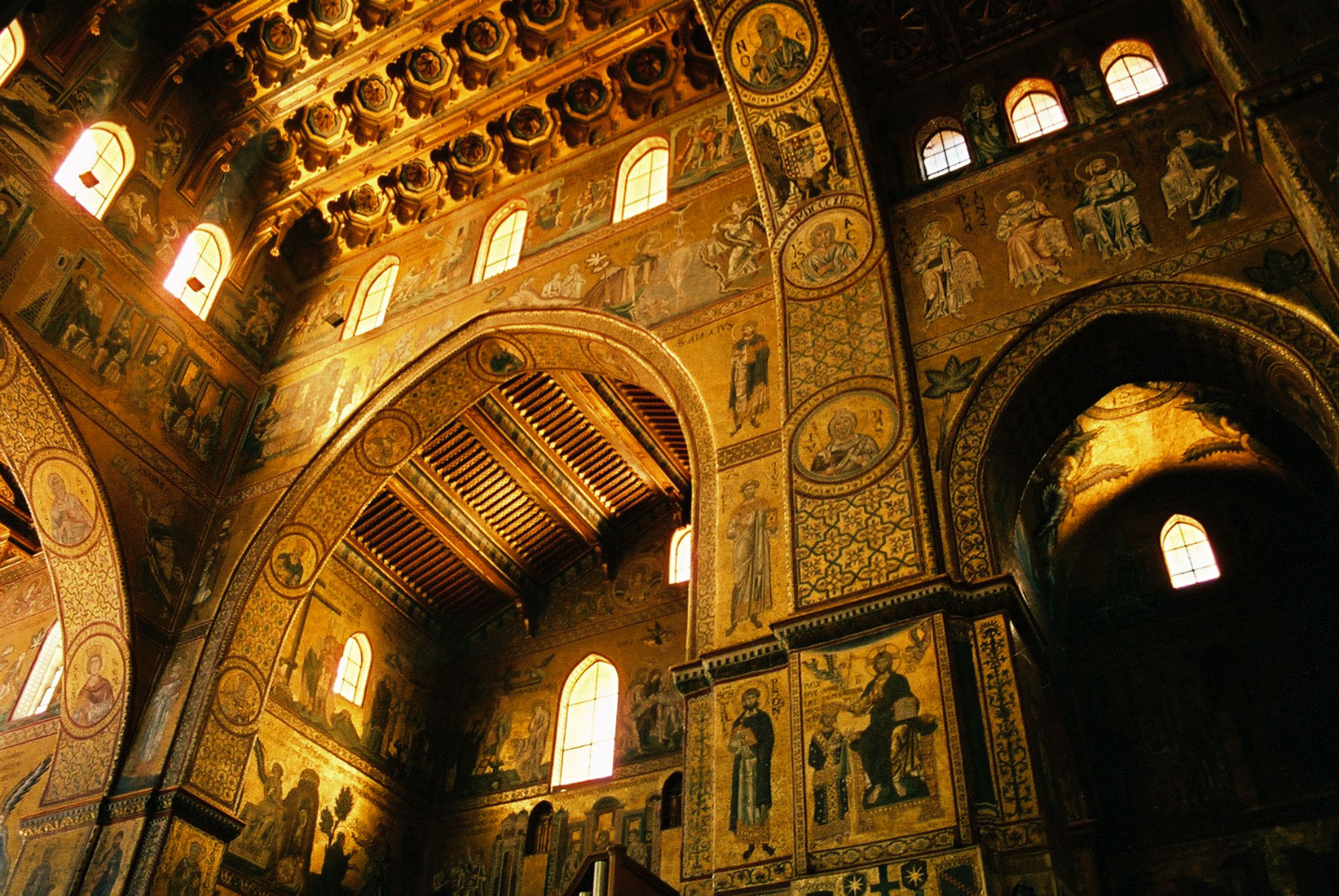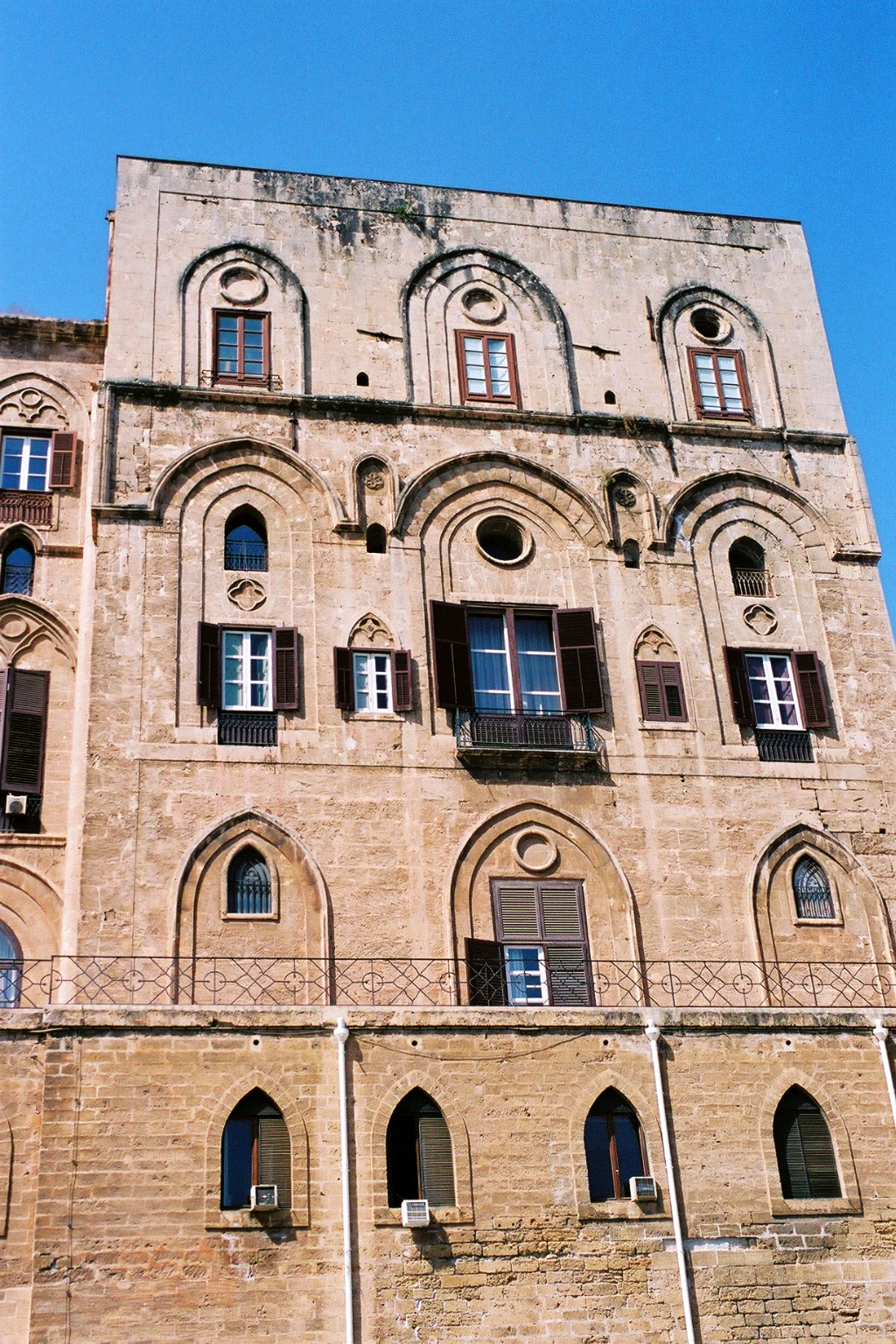|
Giuseppe Velasco
Giuseppe Velasquez, Velasques or Velasco (16 December 1750 – 7 February 1827) was an Italian painter, active in a Neoclassic style. Biography He was born at Palermo into Spanish family; his father was Fabiano Ungo de Velasco. At the age of 15, he changed his surname to that of the Spanish painter Diego Velázquez. He studied painting initially under a former pupil of Sebastiano Conca, Gaetano Mercurio, who fared poorly as a painter. He moved to work under another local follower of Conca, Giuseppe Tresca, with whom he painted frescoes in a church in Castellamare. Returning to Palermo, he finally worked under the painter Gioacchino Martorana, who had trained in Rome under Marco Benefial. Velazquez often collaborated in providing the decoration for the structures built by the architect Giuseppe Venanzio Marvuglia. He was patronized by the viceroy Caramanico, for whom he painted his portrait. In 1805 he became Director of the Accademia del Nudo in at the University of Palerm ... [...More Info...] [...Related Items...] OR: [Wikipedia] [Google] [Baidu] |
San Domenico, Palermo
San Domenico (''Saint Dominic'') is a Baroque architecture, Baroque-style Roman Catholic church, located on Piazza San Domenico, Palermo, Piazza San Domenico, and located in the ancient Quarter (urban subdivision), quarter of Castellammare (or Loggia), La Loggia, in central Palermo, region of Sicily, Italy. Piazza San Domenico opens to Via Roma a few blocks south of the large Palazzo delle Poste, Palermo, Palazzo delle Poste, and a few blocks north of Sant'Antonio Abate, Palermo, Sant'Antonio Abate and Teatro Biondo, is the northern border of the warren of alleys of the Vucciria neighborhood. The church houses the burial monuments of many notable Sicilians, and is known thus as the ''Pantheon of illustrious Sicilians''. History A Dominican Order, Dominican church was built on this site between 1280 and 1285. The church was built Norman architecture, Norman–Gothic architecture, Gothic style and had alongside a convent with a cloister that reproduced a small and simple cop ... [...More Info...] [...Related Items...] OR: [Wikipedia] [Google] [Baidu] |
Giuseppe Velasco 1775
Giuseppe is the Italian form of the given name Joseph, from Latin Iōsēphus from Ancient Greek Ἰωσήφ (Iōsḗph), from Hebrew יוסף. It is the most common name in Italy and is unique (97%) to it. The feminine form of the name is Giuseppina. People with the given name Artists and musicians * Giuseppe Aldrovandini (1671–1707), Italian composer * Giuseppe Arcimboldo (1526 or 1527–1593), Italian painter * Giuseppe Belli (singer) (1732–1760), Italian castrato singer * Giuseppe Gioachino Belli (1791–1863), Italian poet * Giuseppe Castiglione (1829–1908) (1829–1908), Italian painter * Giuseppe Giordani (1751–1798), Italian composer, mainly of opera * Giuseppe Ottaviani (born 1978), Italian musician and disc jockey * Giuseppe Psaila (1891–1960), Maltese Art Nouveau architect * Giuseppe Sammartini (1695–1750), Italian composer and oboist * Giuseppe Sanmartino or Sammartino (1720–1793), Italian sculptor * Giuseppe Santomaso (1907–1990), Italian painter ... [...More Info...] [...Related Items...] OR: [Wikipedia] [Google] [Baidu] |
Santa Maria Assunta, Randazzo
Santa Maria Assunta is a Roman Catholic basilica church located in Randazzo in the region of Sicily, Italy. History and Description A church at the site was initially built in the 13th century, according to an inscription found below the sacristy dated 1239. Different portions of the church are built in different styles. The oldest configuration is the Romanesque semicircular apses with a merlionated cornice along the roofline. Some of the tall narrow windows in the apse have been walled up. The church has a wide central nave and two aisles and a cruciform transept near the apse. Much of the construction used the black lava stones. The interior nave has a simple Renaissance style, recalling Brunelleschi churches in Florence, likely imposed by the Tuscan architect Andrea Calamech (1524-1589). The aisles have few windows on high, but they have elaborate sculpted romanesque and rounded portals with braided 3/4 columns. The nave ceiling was frescoed with scenes from the life of t ... [...More Info...] [...Related Items...] OR: [Wikipedia] [Google] [Baidu] |
Palazzina Cinese
The Chinese Palace ( it, Palazzina Cinese), also known as ''Real Casina alla Cinese'', is a former royal residence of the House of Bourbon-Two Sicilies designed in the style of ''Chinoiserie''. It is located in Palermo, inside the park of La Favorita. The Ethnographic Museum of Sicily, named after Giuseppe Pitrè, is located in one of the Palace's guesthouse. History The building was designed in 1799 by the architect Giuseppe Venanzio Marvuglia on commission by the King Ferdinand III of Sicily. The ruler had previously bought land and a house that was Chinese in design, belonging to the Baron Benedetto Lombardo and designed by Marvuglia himself. The architectural complex and its garden were completed between 1800 and 1806. In 1860, as a result of the Unification of Italy, the residence passed to the House of Savoy. Then, it became the property of the Comune of Palermo and has been converted into a museum. Description The apartments of the Palace are distributed on three fl ... [...More Info...] [...Related Items...] OR: [Wikipedia] [Google] [Baidu] |
Santa Maria Degli Agonizzanti, Palermo
Santa Maria degli Agonizzanti or Holy Mary of those in agony) is a Baroque-style, Roman Catholic church located on via Giovanni da Procida, just south of Via Roma, in central Palermo, region of Sicily, Italy. It is located in the quarter of the Kalsa, within the historic centre of Palermo. The church was founded in 1630 under the patronage of the Confraternity of Santa Maria degli Agonizzanti, which ministered to those condemned to execution. This function seems to have shifted in 1799, when executions were performed near the Ponte dell'Ammiraglio, and the decapitated bodies buried in a common fossa in a park that stood in front of the small church, once known as the ''Madonna del Fiume'' due to the nearby Oreto River, but presently as the ''Sanctuario ai Decollati'' (Sanctuary for the Decapitated). Burials here ceased in 1867. In 1784, the church was refurbished by the architect Antonio Interguglielmi. The interior has a restrained neoclassical decoration. In the apse are fre ... [...More Info...] [...Related Items...] OR: [Wikipedia] [Google] [Baidu] |
Monreale
Monreale (; ; Sicilian: ''Murriali'') is a town and ''comune'' in the Metropolitan City of Palermo, in Sicily, southern Italy. It is located on the slope of Monte Caputo, overlooking the very fertile valley called ''"La Conca d'oro"'' (the Golden Shell), a production area of orange, olive and almond trees, the produce of which is exported in large quantities. The town, which has a population of approximately 39,000, is about inland (south) of Palermo, the regional capital. Monreale forms its own archdiocese and is home to Monreale Cathedral, a historical Norman-Byzantine cathedral, one of several buildings named in a UNESCO World Heritage Site, a group of nine inscribed as Arab-Norman Palermo and the Cathedral Churches of Cefalù and Monreale. History After the occupation of Palermo by the Arabs (the Emirate of Sicily), the Bishop of Palermo was forced to move his seat outside the capital. The role of a cathedral was assigned to a modest little church, ''Aghia Kiriaki'', in ... [...More Info...] [...Related Items...] OR: [Wikipedia] [Google] [Baidu] |
William II Of Sicily
William II (December 115311 November 1189), called the Good, was king of Sicily from 1166 to 1189. From surviving sources William's character is indistinct. Lacking in military enterprise, secluded and pleasure-loving, he seldom emerged from his palace life at Palermo. Yet his reign is marked by an ambitious foreign policy and a vigorous diplomacy. Champion of the papacy and in secret league with the Lombard cities, he was able to defy the common enemy, Frederick Barbarossa. In the ''Divine Comedy'', Dante places William II in Paradise. He is also referred to in Boccaccio's ''Decameron'' (tale IV.4, where he reportedly has two children, and tale V.7). William was nicknamed "the Good" only in the decades following his death. It is due less to his character than to the cessation of the internal troubles that plagued his father's reign and the wars that erupted under his successor. Under the Staufer dynasty his reign was characterised as a golden age of peace and justice. His numer ... [...More Info...] [...Related Items...] OR: [Wikipedia] [Google] [Baidu] |
Palazzo Dei Normanni
The Palazzo dei Normanni (Norman Palace) is also called Royal Palace of Palermo. It was the seat of the Kings of Sicily with the Hauteville dynasty and served afterwards as the main seat of power for the subsequent rulers of Sicily. Since 1946 it has been the seat of the Sicilian Regional Assembly. The building is the oldest royal residence in Europe; and was the private residence of the rulers of the Kingdom of Sicily and the imperial seat of Frederick II and Conrad IV. History The palace stands in the highest point of the ancient centre of the city, just above the first Punic settlements, whose remains can still be found in the basement. The first building was a norman castle. After the Normans conquered Sicily in 1072 (just 6 years after they conquered England) and established Palermo as the capital of the new County of Sicily, the palace was chosen as the main residence of the kings. In 1132 King Roger II added the famous Cappella Palatina to the complex. During th ... [...More Info...] [...Related Items...] OR: [Wikipedia] [Google] [Baidu] |
Orto Botanico Di Palermo
The Orto Botanico di Palermo (''Palermo Botanical Garden'') is both a botanical garden and a research and educational institution of the Department of Botany of the University of Palermo. The garden lies within the city of Palermo, Italy at above sea-level. It covers about on top of red soil that has evolved on a limestone tuff substratum. Brief history The earliest beginnings of the gardens go back to 1779, when the ''Accademia dei Regi Studi'' created the chair of "Botany and medicinal properties". A modest plot of land was allocated to develop a small botanical garden dedicated to the cultivation of plants with medicinal benefits, for the twin objectives of general learning and improving public health. Initially a site near Porta Carini utilized a site of the former fortified bastions facing the seaside from the walls of the city. These bastions were demolished in 1774-1778 under the praetorship of Antonino La Grua Talamanca, marchese de Regalmici, and later Prince of ... [...More Info...] [...Related Items...] OR: [Wikipedia] [Google] [Baidu] |
Cathedral Of Palermo
Palermo Cathedral is the cathedral church of the Roman Catholic Archdiocese of Palermo, located in Palermo, Sicily, southern Italy. It is dedicated to the Assumption of the Virgin Mary. As an architectural complex, it is characterized by the presence of different styles, due to a long history of additions, alterations and restorations, the last of which occurred in the 18th century. History The church was erected in 1185 by Walter Ophamil, the Norman archbishop of Palermo and King William II's minister, on the area of an earlier Byzantine basilica. By all accounts this earlier church was founded by Pope Gregory I and was later turned into a mosque by the Saracens after their conquest of the city in the 9th century. Ophamil is buried in a sarcophagus in the church's crypt. The medieval edifice had a basilica plan with three apses, of which only some minor architectural elements survive today. The upper orders of the corner towers were built between the 14th and the 15th centu ... [...More Info...] [...Related Items...] OR: [Wikipedia] [Google] [Baidu] |
Saint Rosalia
Rosalia (1130–1166), also called La Santuzza or "''The Little Saint''", and in Sicilian as "Rusulia", is the patron saint of Palermo in Italy, Camargo, Chihuahua, and three towns in Venezuela: El Hatillo, Zuata, and El Playon. She is especially important internationally as a saint invoked in times of plague. From 2020 onwards she has been invoked by some citizens of Palermo to protect the city from COVID-19. Biography Rosalia was born of a Norman noble family that claimed descent from Charlemagne. Devoutly religious, she retired to live as a hermit in a cave on Mount Pellegrino, where she died alone in 1166. Tradition says that she was led to the cave by two angels. On the cave wall she wrote ''"I, Rosalia, daughter of Sinibald, Lord of ontedelle Rose, and Quisquina, have taken the resolution to live in this cave for the love of my Lord, Jesus Christ."'' 1624 plague In 1624, a plague beset Palermo. During this hardship Rosalia reportedly appeared first to a si ... [...More Info...] [...Related Items...] OR: [Wikipedia] [Google] [Baidu] |
Vincent Ferrer
Vincent Ferrer, OP ( ca-valencia, Sant Vicent Ferrer , es, San Vicente Ferrer, it, San Vincenzo Ferreri, german: Sankt Vinzenz Ferrer, nl, Sint-Vincent Ferrer, french: Saint Vincent Ferrier; 23 January 1350 – 5 April 1419) was a Valencian Dominican friar and preacher, who gained acclaim as a missionary and a logician. He is honored as a saint of the Catholic Church and other churches of Catholic traditions. Early life Vincent was the fourth child of Guillem Ferrer, a notary from Palamós, and his wife, Constança Miquel, apparently from Valencia itself or Girona. Legends surround Vincent's birth. It was said that his father was told in a dream by a Dominican friar that his son would be famous throughout the world. His mother is said never to have experienced pain when she gave birth to him. He was named after Vincent Martyr, the patron saint of Valencia. He would fast on Wednesdays and Fridays and distribute alms to the poor. He began his classical studies at the age of ... [...More Info...] [...Related Items...] OR: [Wikipedia] [Google] [Baidu] |
_25_10_2020_05.jpg)


.jpg)



.jpg)
